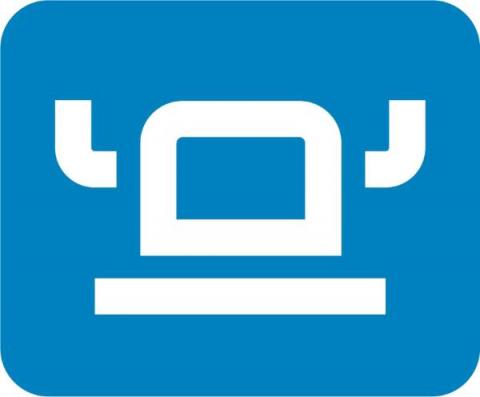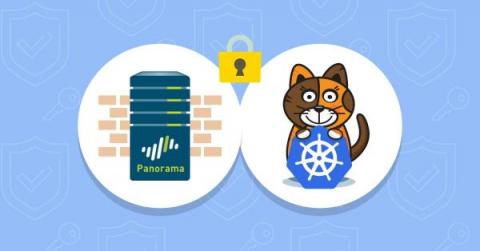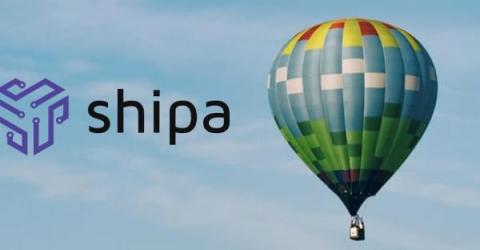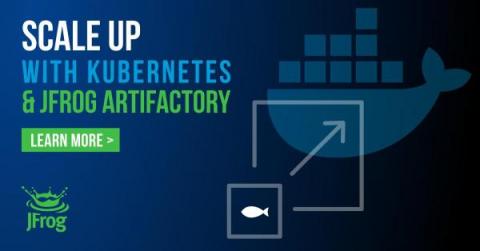Operations | Monitoring | ITSM | DevOps | Cloud
Latest News
Managed Kubernetes Comparison: EKS vs GKE
DigitalOcean and the developer experience for Kubernetes
DigitalOcean, or DO, brands itself as the “developer cloud,” and it’s no secret that it has a strong mind-share among developers, especially because of factors such as simple UI, performance, structured documentation, a robust community ecosystem, and last but not least, the affordable pricing. As developers started adopting microservices as the architecture of choice for their applications, DO responded quickly and launched their Managed Kubernetes offering, labeled DOKS.
Path To Rancher Desktop 1.0.0
Rancher Desktop has been in development for just over a year with the open question: when do we have a 1.0.0 stable release? Along the way the scope has expanded, it was ported to run in more places and the development team has grown. All of this happened as we worked out if Rancher Desktop would be useful for people, what features people want to use and what are good ways to build it. We are finally ready to answer that 1.0.0 question.
Extending Panorama's firewall address groups into your Kubernetes cluster using Calico NetworkSets
When deploying cloud-native applications to a hybrid and multi-cloud environment that is protected by traditional perimeter-based firewalls, such as Palo Alto Networks (PAN) Panorama, you need to work within the confines of your existing IT security architecture. For applications that communicate with external resources outside the Kubernetes cluster, a traditional firewall is typically going to be part of that communication.
Five tricks for logging at scale in a Kubernetes environment with Grafana Loki
Legacy logging solutions simply couldn’t keep up with the complex, hyperconverged regional infrastructure at Civo, a Kubernetes service provider that enables users to launch k8s clusters within 90 seconds. “With our infrastructure and application deployment getting more complex and more distributed, we needed our logging solution and our entire observability stack to scale up with our needs,” said Anaïs Urlichs, Site Reliability Engineer at Civo.
One Line Developer Experience - Terraform, ArgoCD, Crossplane, and Shipa
As we kick off the new year and our release of Shipa 1.5.0, dabbling in the art of the possible, what if it was possible to provide your developers with a single line of configuration to get their ideas into production. Shipa is an application and policy abstraction layer which easily integrates with your DevOps toolchains.
Pulling All Your Kubernetes Cluster Images from a Private Artifactory Registry
Get GitOps Certified with Argo
Codefresh has recently launched a new certification program that offers organizations and the open-source community a fast track to learning GitOps and how you can apply it to new and existing applications and infrastructure. These certificates can be earned through 3 courses and a final exam.
Qovery's top 10 blog posts of 2021 to read in 2022
To celebrate this new year, Qovery's blog highlights some of the top blog posts Qovery's engineers wrote during 2021 that you should read for 2022. Take a look at the top 10 posts published in 2021.











